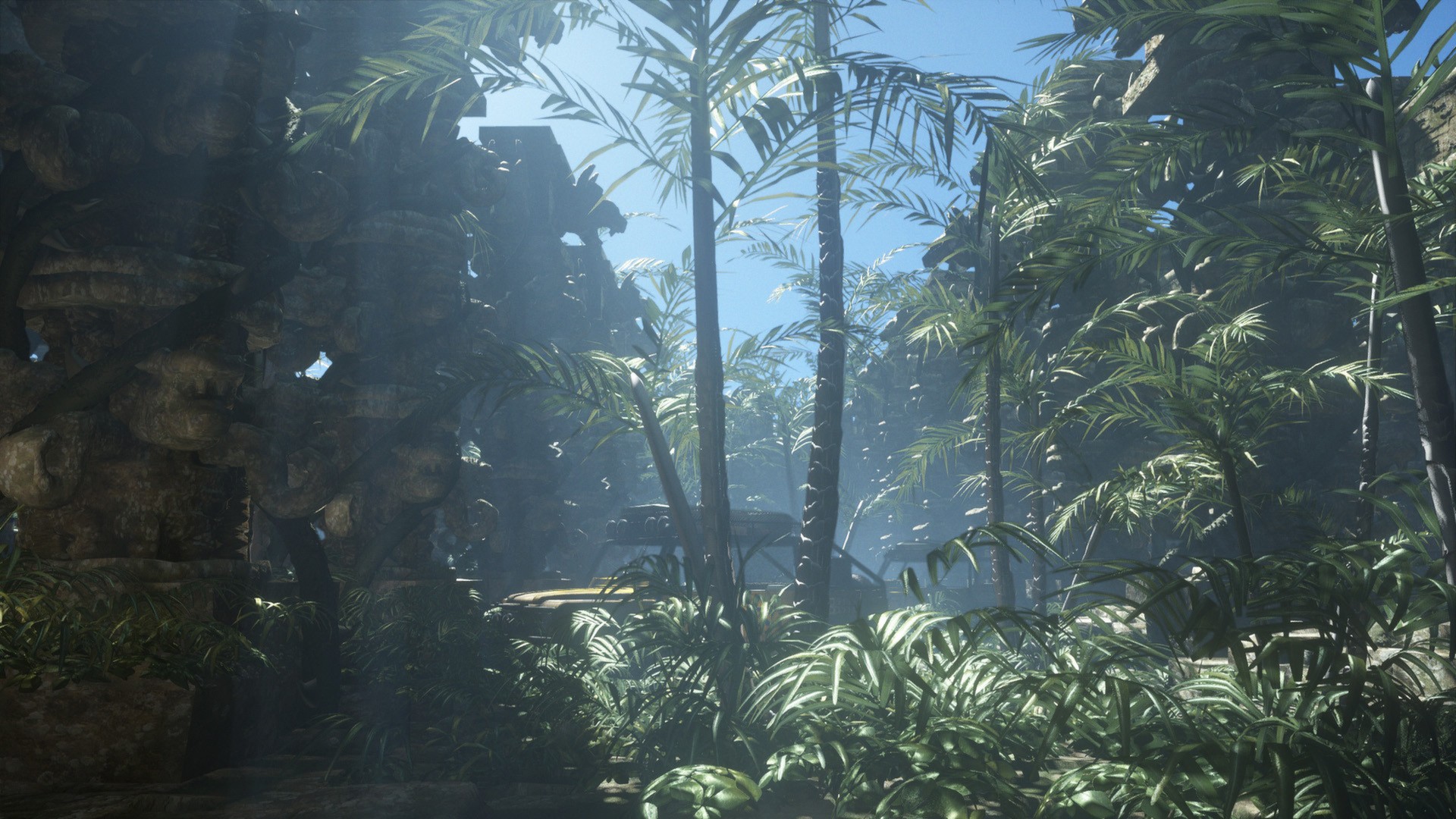
Rather, they showcase which card models can better handle both DX11 and its GPU-bogging features.ĪMD’s card gains a 24% advantage at 1080p, but a 27% one at 1440p – both are fantastic gains given the performance boost % exceeds the price boost %.

Like 3DMark, the benchmark here is overkill by design, so results are not going to directly correlate with real gameplay. The biggest reason that the company’s “Heaven” benchmark is so relied-upon by benchmarkers is that both AMD and NVIDIA promote it for its heavy use of tessellation. You can use 3DMark to test DirectX 9 and DirectX 10 compatible hardware, but you will need a DirectX 12 compatible video card to run all of the tests.
#3d mark 11 windows
All the currently supported benchmarks and feature tests in 3DMark are compatible with Windows 11. The company’s main focus is its game engine, but a by-product of that is its benchmarks, which are used to both give benchmarkers another great tool to take advantage of, and also to show-off what its engine is capable of. Please refer to the DLC pages for the system requirements for each individual benchmark test.


With its wide range of benchmark tests, 3DMark has everything you need to test your PCs performance. Unigine might not have as established a name as Futuremark, but its products are nothing short of “awesome”. 3DMark is for gamers, overclockers and system builders who want to get more out of their hardware. While Futuremark’s latest GPU test suite is 3DMark, I’m also including results from 3DMark 11 as it’s still a common choice among benchmarkers.įor the most part, we saw AMD’s card outperform NVIDIA’s by 10~30% in our real-world and timedemo testing 3DMark puts the advantage at 25%, while 3DMark 11 puts it at 18%. Plus, it does help that the company’s benchmarks stress PCs to their limit – and beyond. Of these, Futuremark’s name leads the pack, as its benchmarks have become synonymous with the activity. While the reference Radeon HD 7870 was able to keep up with the Radeon HD 7950 at the resolution of 1920 x 1200 pixels resolution, it did fall behind on the highest resolution setting, with the 7950 pulling level with the custom cards.Īgain, we saw a massive improvement compared to the previous generation, with even the reference HD 7870 outperforming the GTX 580 this time.We don’t make it a point to seek out automated gaming benchmarks, but we do like to get a couple in that anyone reading this can run themselves. We saw a very similar pattern in the Unigine 2.1 benchmark, with ASUS pulling slightly ahead of the '1100MHz pack', and Sapphire trailing slightly behind. We were also impressed to see the Radeon HD 7870 perform very closely to NVIDIA's previous generation flagship powerhouse, the GeForce GTX 580, and all custom models actually surpassed it. Meanwhile, ASUS led the pack thanks to its marginally higher memory clock speed, while Sapphire's slightly slower core clock saw it fall behind by about 2%.Īgainst the reference card, the custom models showed roughly a 7% increase in performance on average - not a massive gain, but still significant. Surprisingly, against the higher-end Radeon HD 7950, all of the overclocked 7870 cards were able to outperform it, and even the reference 7870 was only behind by about 3%.Ĭompared to the previous generation Radeon HD 6870, we saw a massive improvement, with the custom cards posting an almost 60% increase in performance and the reference HD 7870 surpassing it by 45%. On both the Performance and Extreme presets, there wasn't much separating the custom Radeon HD 7870 cards, with all four cards clocked at 1100MHz at the GPU core performing within 1% of each other.

First up, 3DMark 11, which tests various DirectX 11 functions like tessellation and DirectCompute. 3DMark11 & Unigine 2.1 "Heaven" Results 3D Mark 11 Resultsīefore we get into the actual gaming benchmarks, lets take a look at a couple of dedicated theoretical benchmarks first.


 0 kommentar(er)
0 kommentar(er)
